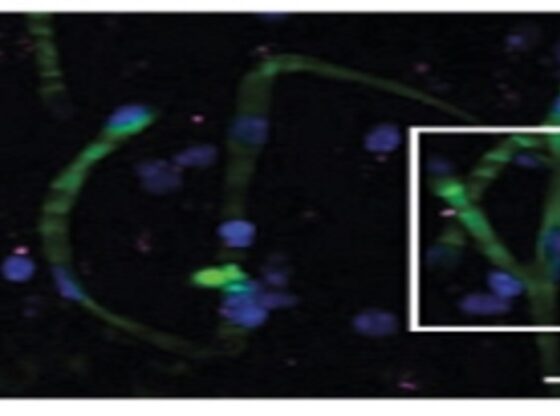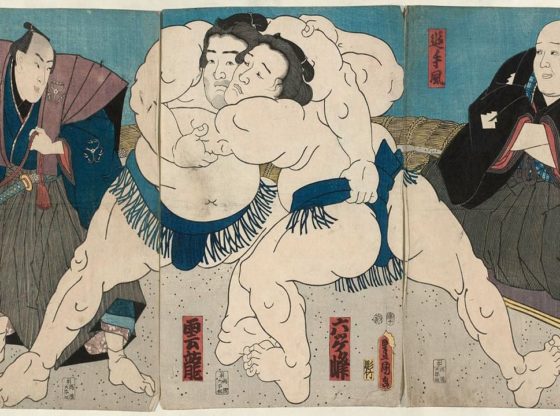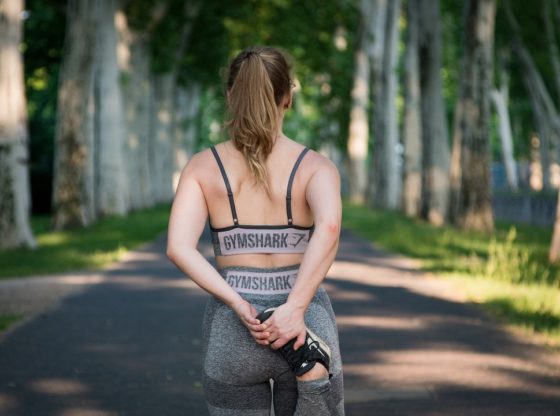
A new study did the University of Edinburgh in Scotland and published in the American journal “Neurology”, shows that the benefits of exercise are retained at all ages.
People in their 70s can still protect their brains from shrinking and reduced abilities. With lessened signs of dementia-related aging.
The researchers have studied images of brains for 638 subjects, over a three year period using an MRI scanner. And they noticed a strongly correlated effect between active lifestyles and less aging in the brain.
Abstract
OBJECTIVES:
Increased participation in leisure and physical activities may be cognitively protective. Whether activity might protect the integrity of the brain’s white matter, or reduce atrophy and white matter lesion (WML) load, was examined in the Lothian Birth Cohort 1936 (n = 691), a longitudinal study of aging.
METHODS:
Associations are presented between self-reported leisure and physical activity at age 70 years and structural brain biomarkers at 73 years. For white matter integrity, principal components analysis of 12 major tracts produced general factors for fractional anisotropy (FA) and mean diffusivity. Atrophy, gray and normal-appearing white matter (NAWM) volumes, and WML load were assessed using computational image processing methods; atrophy and WML were also assessed visually.
RESULTS:
A higher level of physical activity was associated with higher FA, larger gray and NAWM volumes, less atrophy, and lower WML load. The physical activity associations with atrophy, gray matter, and WML remained significant after adjustment for covariates, including age, social class, and health status. For example, physical activity (standardized β = -0.09, nonstandardized β = -0.09, p = 0.029) and stroke (standardized β = 0.18, nonstandardized β = 0.69, p = 0.003) each had an independent effect on rated WML load. Leisure activity was associated with NAWM volume but was nonsignificant after including covariates.
CONCLUSIONS:
In this large, narrow-age sample of adults in their 70s, physical activity was associated with less atrophy and WML. Its role as a potential neuroprotective factor is supported; however, the direction of causation is unclear from this observational study.
________________________________
Neuroprotective lifestyles and the aging brain: activity, atrophy, and white matter integrity.
________________











![OpenAI. (2025). ChatGPT [Large language model]. https://chatgpt.com](https://www.illustratedcuriosity.com/files/media/55136/b1b0b614-5b72-486c-901d-ff244549d67a-350x260.webp)
![OpenAI. (2025). ChatGPT [Large language model]. https://chatgpt.com](https://www.illustratedcuriosity.com/files/media/55124/79bc18fa-f616-4951-856f-cc724ad5d497-350x260.webp)
![OpenAI. (2025). ChatGPT [Large language model]. https://chatgpt.com](https://www.illustratedcuriosity.com/files/media/55099/2638a982-b4de-4913-8a1c-1479df352bf3-350x260.webp)








